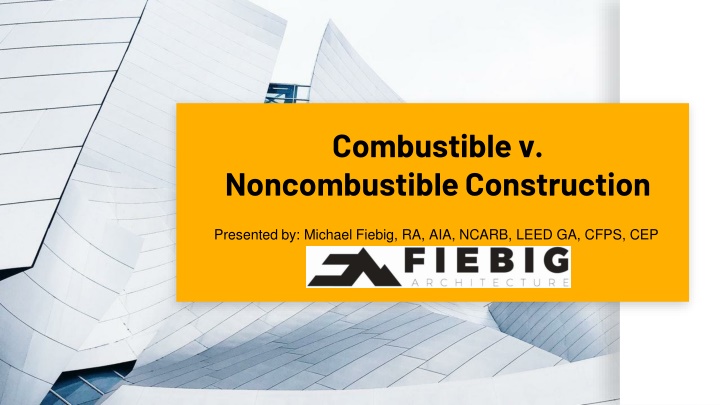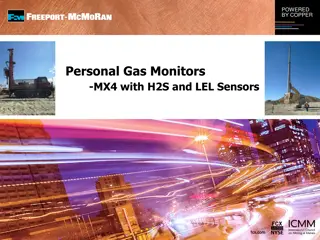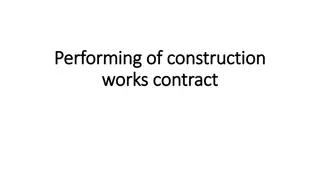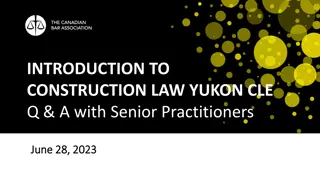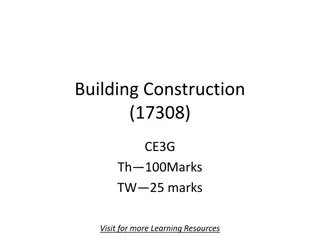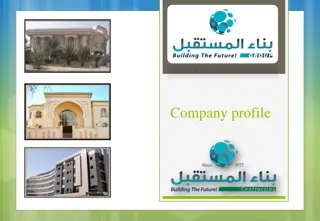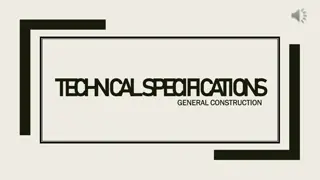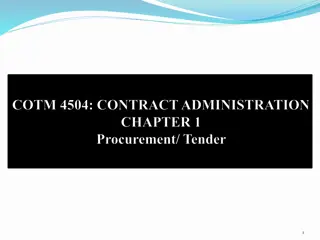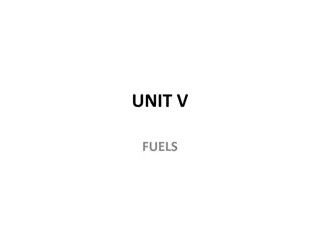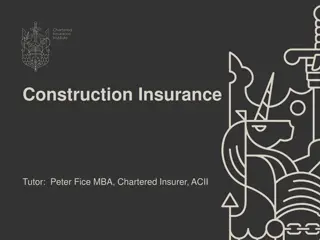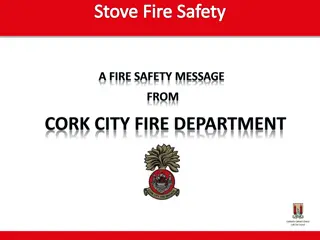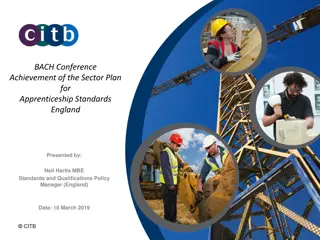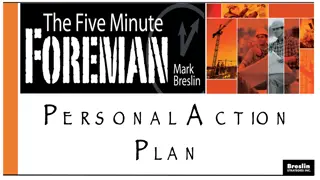Combustible vs Noncombustible Construction
Combustibility and fireproofing are key in passive fire protection. Learn about the classifications and ratings in building construction according to the 2018 IBC, emphasizing the distinction between combustible and noncombustible materials. Explore how different construction types respond to fire and the required fire-resistance ratings.
Download Presentation

Please find below an Image/Link to download the presentation.
The content on the website is provided AS IS for your information and personal use only. It may not be sold, licensed, or shared on other websites without obtaining consent from the author.If you encounter any issues during the download, it is possible that the publisher has removed the file from their server.
You are allowed to download the files provided on this website for personal or commercial use, subject to the condition that they are used lawfully. All files are the property of their respective owners.
The content on the website is provided AS IS for your information and personal use only. It may not be sold, licensed, or shared on other websites without obtaining consent from the author.
E N D
Presentation Transcript
Combustible v. Noncombustible Construction Presented by: Michael Fiebig, RA, AIA, NCARB, LEED GA, CFPS, CEP
Combustibility is Different than Fireproofing There are two main aspects to passive fire protection in buildings: the combustibility classification of the materials, and the fire-resistance rating (fireproofing). Fire-resistance ratings are measured in hours (generally 1, 2, 3, or 4-hour rated systems), and rely on a treatment applied to building elements to resist the effects of fire on the building element (spray applied fireproofing, gypsum wrapping, intumescent paints, etc.) Combustibility is how the building element responds to fire: Can it be ignited? Is it fuel for fire? Is it consumed by fire? Or the opposite: it cannot be ignited and will not be consumed? 2
Chapter 6: Types of Construction (2018 IBC) Per the code commentary: The purpose of classifying buildings or structures by their type of construction is to account for the response or participation that a building s structure will have in a fire condition originating within the building as a result of its occupancy or fuel load. The code requires every building to be classified as one of five possible types of construction: Type I, II, Ill, IV or V. Each type of construction denotes the kinds of materials that are permitted to be used [i.e., noncombustible steel, concrete, masonry, combustible (wood, plastic) or heavy timber (HT)], and the minimum fire resistance ratings that are associated with the structural elements in a building having that classification (i.e., 0, 1, 1-1/2, 2 or 3 hours). Types I and II construction consists of building elements that are noncombustible. Buildings of Type III construction have noncombustible exterior walls and combustible or noncombustible interior elements. Type IV construction identifies those structures with noncombustible exterior walls and heavy-timber interior elements. Type V buildings are permitted to have building elements that are either combustible or noncombustible, or a combination of both. Types I, II, III and V construction are further subdivided into two categories (IA and IB, IIA and IIB, IIIA and IIIB, VA and VB) that identify differences in the degree of fire resistance required. 3
Noncombustibility Tests (2018 IBC) 750 degrees Celsius equals 1382 degrees Fahrenheit! 4
IBC Table 601 Table 601 (2018 IBC), details the hourly ratings ( fireproofing ) required for the five different construction types: 5
IBC Table 601 Construction Types by Combustibility (Generalized): Note: there are exceptions to these general rules 6
IBC Table 506.2 Allowable area by Construction Type (Occupancy Group A just as an example): Noncombustible, unprotected buildings can be bigger than combustible, unprotected buildings 7
Combustible Materials in Types I&II Construction There are 26 exceptions to the rule, found in Section 603: Note: Fire-retardant-treated (FRT) wood is detailed under combustible material FRT wood, while treated for additional fire-resistance properties, is NOT considered a noncombustible material! 8
Combustible Materials in Types I&II Construction A few more exceptions: 9
Final Takeaway: As a designer of record, understanding the difference between combustible and noncombustible building materials is crucial for compliant design. Designing or specifying combustible materials where not allowed in buildings where increases in height and/or area have been granted due to classifying the building as noncombustible can have a devastating impact on the final construction. Per the commentary: 10
Thank you! www.fiebigarch.com info@fiebigarch.com
